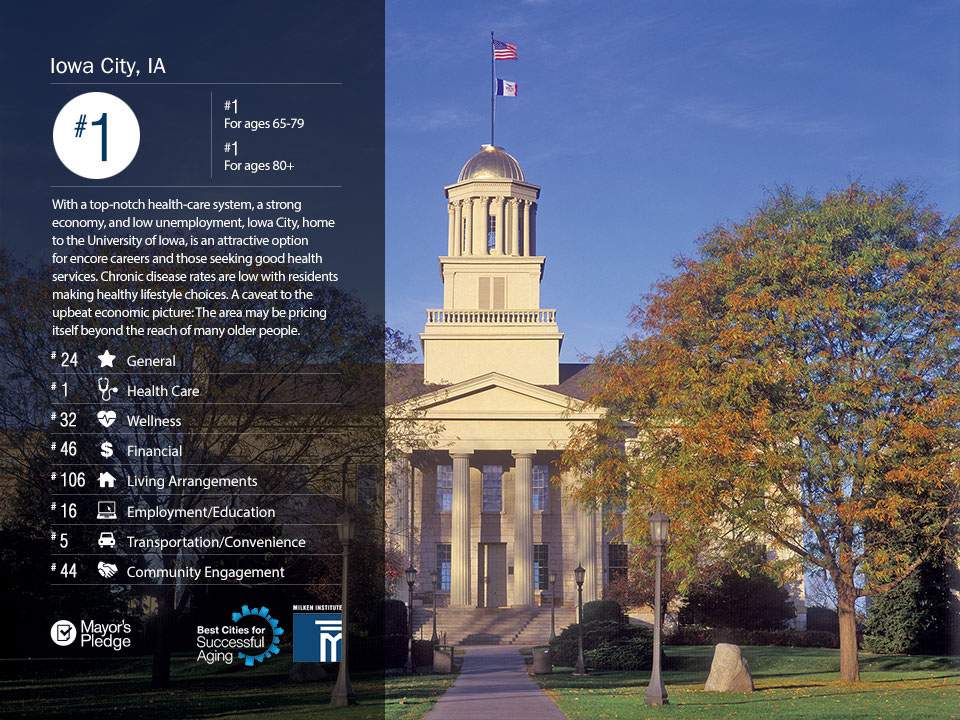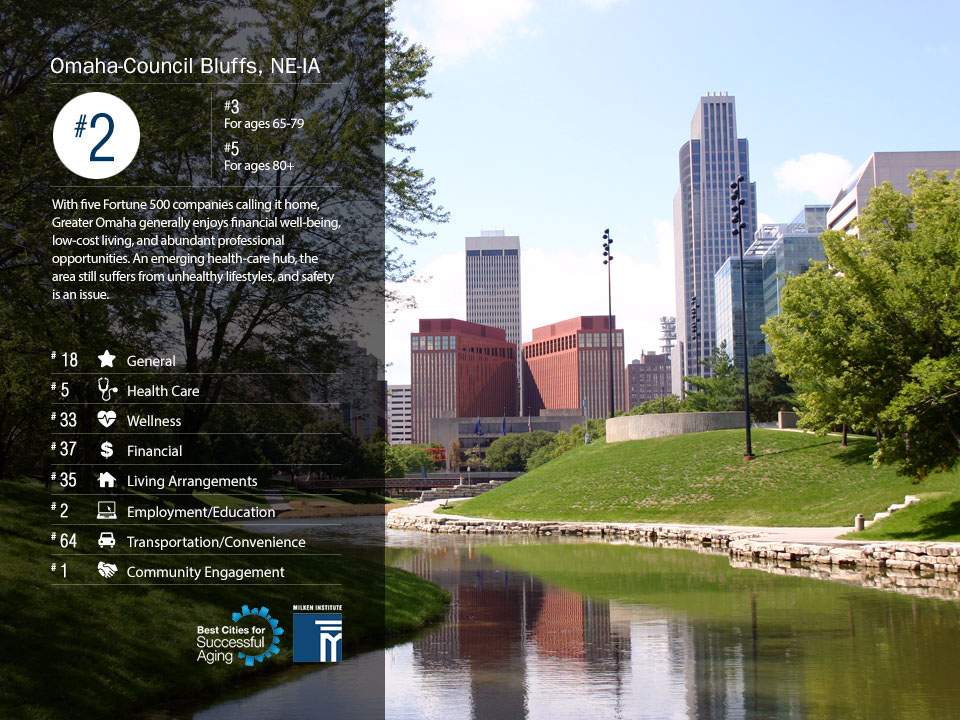Hawkeye Martini: three measures of prune juice, one of vodka, half a measure of Metamucil Clear and Natural. Shake it very well until it’s ice-cold, then add a large thin slice of the little blue pill. Got it?
Variety, they say, is the spice of life, but I can’t be the only one having a difficult time reconciling Iowa City’s reputation as a party town with its latest distinction as top small city for successful aging.
Hopefully, some entrepreneurial types soon will be cashing in on new and improved adult “party pants” and nutritional vapor. As for the fifty shades of grey’s anatomy, well, that’s actually the basis of the distinction.
“With a top-notch health care system, a strong economy and low unemployment, Iowa City, home to the University of Iowa, is an attractive option for encore careers and those seeking good health services,” wrote the researchers at the Milken Institute as part of their second “Best Cities for Successful Aging” report.

Iowa City, largely thanks to UI and the Veterans Administration, ranked number one among small cities for its health care accessibility. But the report also praises the availability of specialists, including geriatric and hospice professionals.
Public transportation, as people of all ages can attest, is widely available and widely used throughout the city and the larger metro area. Overall, Iowa City ranked fifth nationally for transportation options.
What isn’t likely as noticeable to residents or visitors — especially those that keep to state highways and interstates — is that Iowa City has fewer fast-food outlets per capita and its residents consume relatively few sugary drinks. This, researchers muse, may be a factor in the area’s limited prevalence of diabetes.
And, just as the university proper is included in the Vodka Sam fiasco and party school rankings, it too must be credited for the lifestyle and living options that have propelled Iowa City to the top of this ranking. The culture of a place isn’t limited to all good or all bad, but how the two are meshed and presented.
In nearly every measured segment of life in Iowa City, the community ranks well for successful aging — and it is because it ranks so highly in terms of health care, transportation and education/employment that it claims the top spot. If judged only its affordability and housing accessibility, Iowa City’s sterling reputation reveals the tarnish.
Living accommodations, if they can be found, seldom come cheap or even reasonable in the community. Overall, residents shoulder a high tax burden, which likely will increase in the coming years as the university continues growing, leadership offers tax incentives to developers and budget shortfalls from state-mandated property tax reforms impact the bottom line.
Currently, about 11 percent of Iowa City residents are age 65 or older. But given its high rankings by Milken and earlier by Money magazine in combination with the state’s overall movement toward an older populace, it’s very likely this percentage will increase over time. Look for needs related to affordable housing to only become more prevalent over the next decade.
But, the really good news? The better a community is for older residents, the more appealing it is for people of all ages. Party hearty, y’all.
This column by Lynda Waddington originally published in The Gazette on Nov. 23, 2014.

